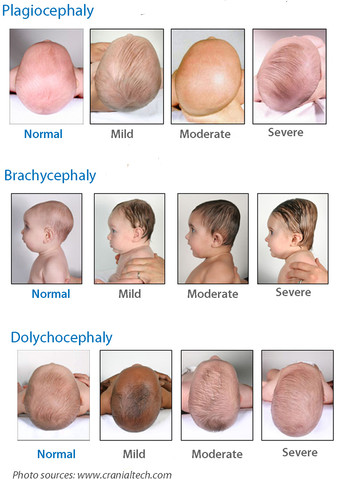
CRITICAL HEALTH & SAFETY DISCLAIMER
mothernity.co.uk is a platform for informational and educational purposes only. This content is based on general research and experienced parent insight and is NOT a substitute for professional medical advice, diagnosis, or treatment. Always seek the advice of your qualified healthcare provider (GP, midwife, or consultant) with any questions you may have regarding a medical condition or before making changes to your health plan or treatments. Never disregard professional medical advice or delay seeking it because of something you have read here.
Welcome to mothernity’s definitive guide on flat head syndrome causes and prevention in the UK. As parents, we understand the immediate worry when we notice changes in our baby’s head shape. This resource, vetted by me, Elena, and my experience as a UK mother, simplifies Plagiocephaly, detailing the precise prevention techniques that actually work and explaining when to seek professional NHS guidance.
Crucially, Positional Flat Head Syndrome is NOT a sign of neglect. In fact, it often occurs because you are correctly following the safe sleep guidelines (Back to Sleep).
Understanding Plagiocephaly and Brachycephaly
The medical term for flat head syndrome is Plagiocephaly (asymmetrical flattening) or Brachycephaly (symmetrical flattening across the back). A third term, dolichocephaly, means a head longer than average relative to its width.
These conditions are common, affecting around one in five babies, and are a direct result of consistent pressure on the soft, developing skull bones. It is essential to remember that this flattening is not caused by underlying developmental issues. Instead, it is typically linked to the mandated back sleeping position and a lack of varied head positions throughout the day. Early diagnosis is key to easy resolution.
The Best Prevention Strategies
The core principle of flat head syndrome causes and prevention in the UK is consistent pressure redistribution. Our approach focuses on making this a simple part of your daily newborn care routine.
Tummy Time, Repositioning, and Carry Techniques
The most powerful tool we have is maximising the time your baby spends off the back of their head when supervised and awake.
- Tummy Time is Medicine for Flat Head Prevention: Aim for supervised Tummy Time multiple times daily. It strengthens the neck and back muscles needed for head control. I found starting Tummy Time immediately after every nappy change was the easiest way to make it a habit! I’ve used the Fisher-Price Tummy Time Puppy Plush pillow.
- Rotational Positioning: During nap time and in their cot, ensure your baby’s head is turned alternately to the left one sleep and to the right the next.
- Babywearing and Carriers: Utilise slings or carriers when awake. These hold your baby upright, naturally relieving pressure and giving them visual stimulation.
- Use a special plagiocephaly baby pillow or a car insert cushion to limit the damage and help with correction at the same time.
Preventing Flattening During Sleep
While the NHS does not recommend placing pillows in a cot for unsupervised sleep due to safety guidelines, many parents utilise products that aid pressure redistribution during supervised rest and play.
We detail products designed to support your preventative strategies:

Koala Perfect Head Pillow
Why We Chose It: For a sensitive issue like Flat Head Syndrome, we needed a product we could truly trust, which is why the Koala Perfect Head Pillow stood out. Its core strength lies in its credentials: the German-made BASF memory foam and its classification as a Class 1 Medical Device and CE certified status provide essential peace of mind.
While we must stress it is for supervised use only, we found this pillow invaluable for repositioning during supervised tummy time and on the changing mat. It immediately makes those necessary “back time” periods more comfortable for the baby while giving parents an active, trustworthy tool to aid in prevention. It’s an investment in active prevention, not just comfort.
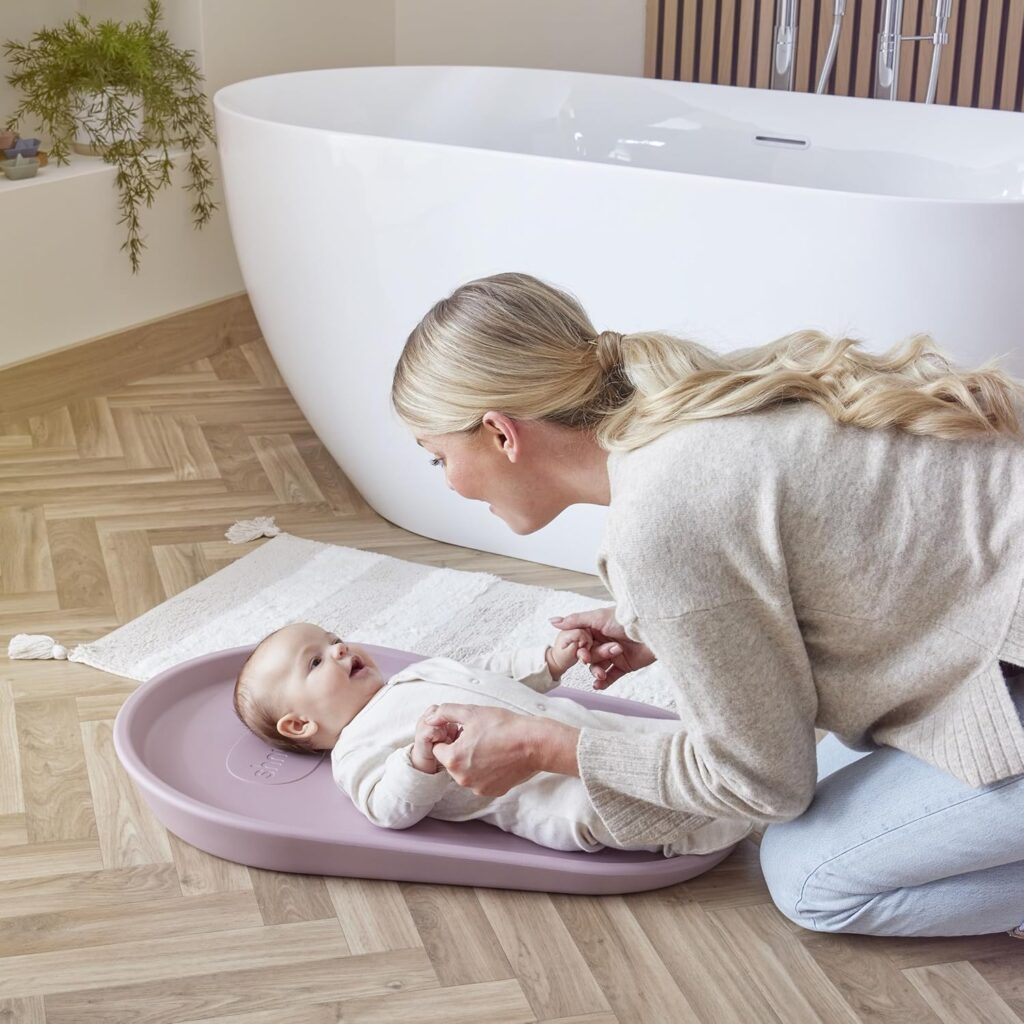
Shnuggle Squishy Baby Changing Mat
Our review: We found that the changing mat needed to be more than just soft; it needed to be secure. The wedge design of this mat was invaluable because it gave us containment; those high, raised sides gently keep a wriggly baby centred, freeing up our hands during explosive diaper changes.
While no mat can prevent Flat Head Syndrome (that’s the job of tummy time!), the central, supported dip of the Shnuggle Squishy Baby Mat helps encourage a good head position during the minutes baby is on their back. Crucially, the non-toxic, wipe-clean surface means clean-up is immediate and completely hygienic, making it a reliable tool for daily survival.
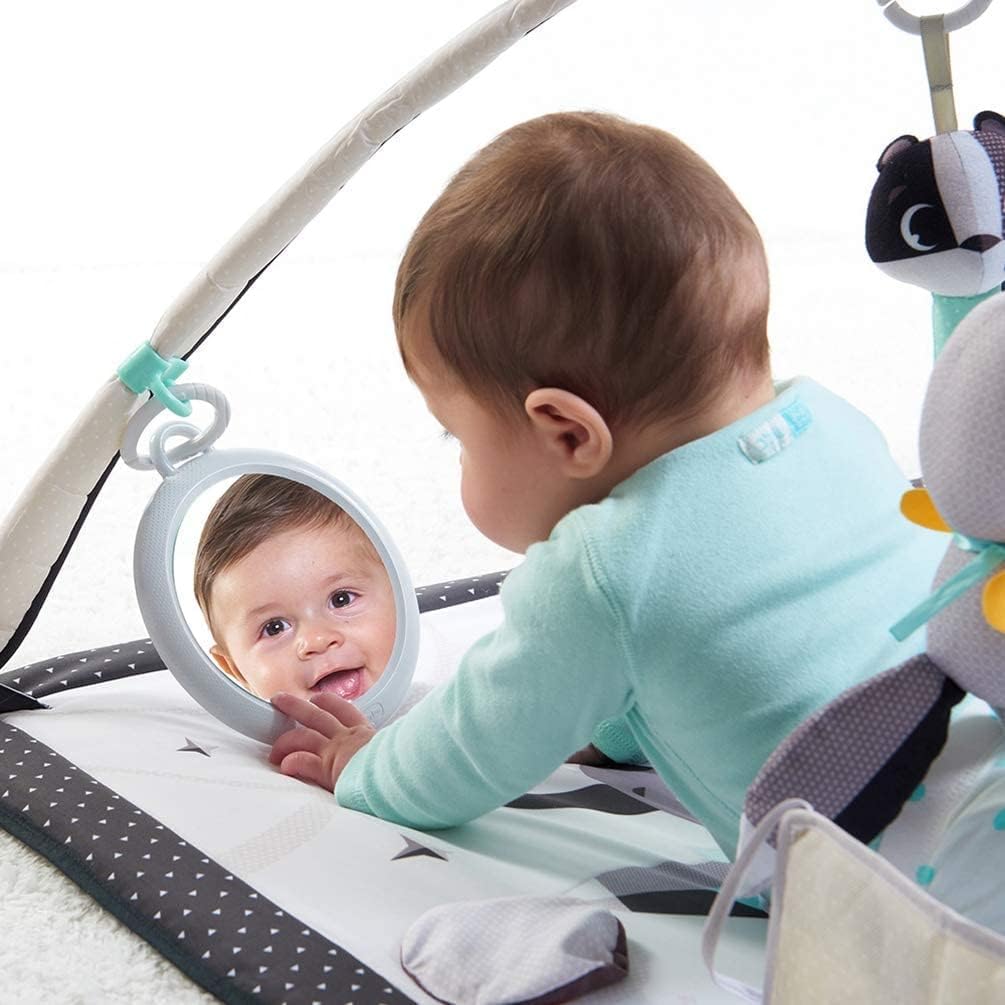
Tiny Love Black & White Gymini Play Mat
We chose the Tiny Love Black & White Gymini because it actively supports the preventative repositioning required for Flat Head Syndrome. In the early weeks, a newborn’s vision responds best to high-contrast black and white patterns; this mat uses that design to capture their attention and encourage them to look up during tummy time.
Unlike softer mats that just offer cushion, this visual engagement motivates the baby to strengthen their neck and shoulder muscles by lifting their head to see the arch toys. It’s a fantastic, science-backed tool for making active tummy time, which is essential for prevention, less of a battle and more of a bonding exercise.
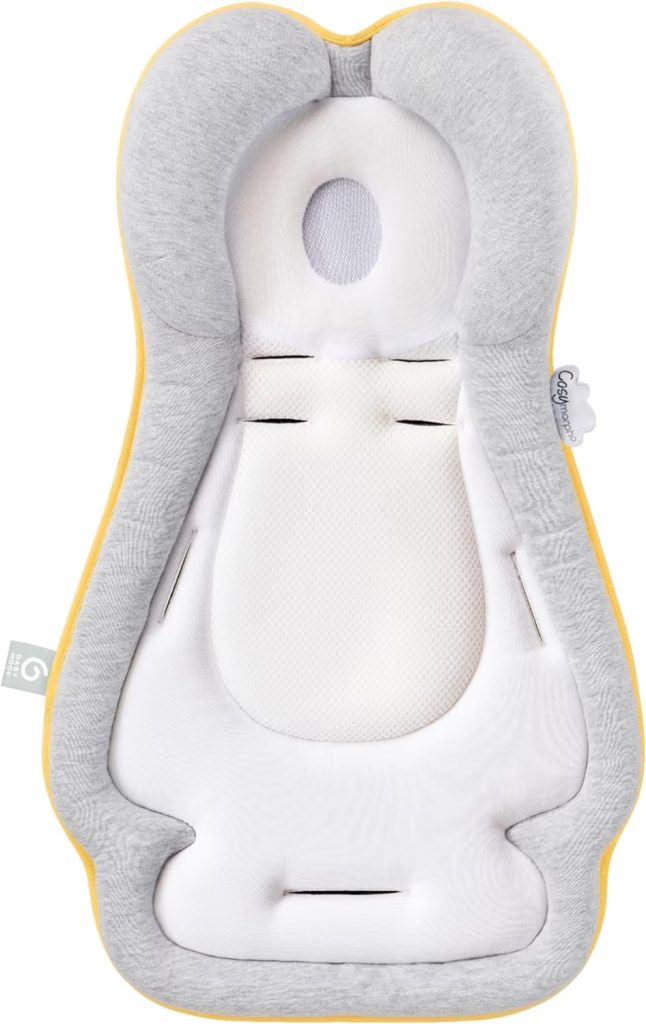
Babymoov Cosymorpho newborn insert
Why We Used It: As parents, we immediately loved the Babymoov Cosymorpho insert because it directly addressed our worry about Flat Head Syndrome in the first few months. The core is high-quality memory foam, which we could genuinely feel relieving the pressure points on our baby’s head – it wasn’t just soft; it was firm enough to do the job.
We found it invaluable for supervised naps in the main living area, as the support felt much better than a blanket alone. It’s important to note this is an insert, not a standalone sleep surface, and must only be used under supervision, but its breathable fabric and snug fit make it a fantastic tool for encouraging varied head positions during the day. This insert is a staple that truly delivers on comfort and peace of mind, a safe sleep aid for flat head prevention.
Treatment: When and How to Seek Professional Help
If you suspect significant flattening by 8 weeks, early medical intervention is essential. Do not delay seeking a professional assessment. The skull is highly moldable up to 6 months, and flattening usually stops once the baby sits up (around 6-8 months).
When to Seek Professional Guidance
You should contact your GP or Health Visitor immediately. They will assess the severity of the flattening and rule out conditions like Torticollis (neck muscle tightness), which often contributes to the problem. The NHS priority is non-invasive treatment through expert physiotherapy and repositioning exercises, as the baby’s skull is still malleable enough for correction naturally.
Helmet Therapy and Specialist Review
Helmet therapy (cranial orthoses) is usually a private treatment considered only for severe cases where repositioning has failed to correct the shape by around six months old. The NHS doesn’t recommend helmets as there is no clear evidence to suggest they work.
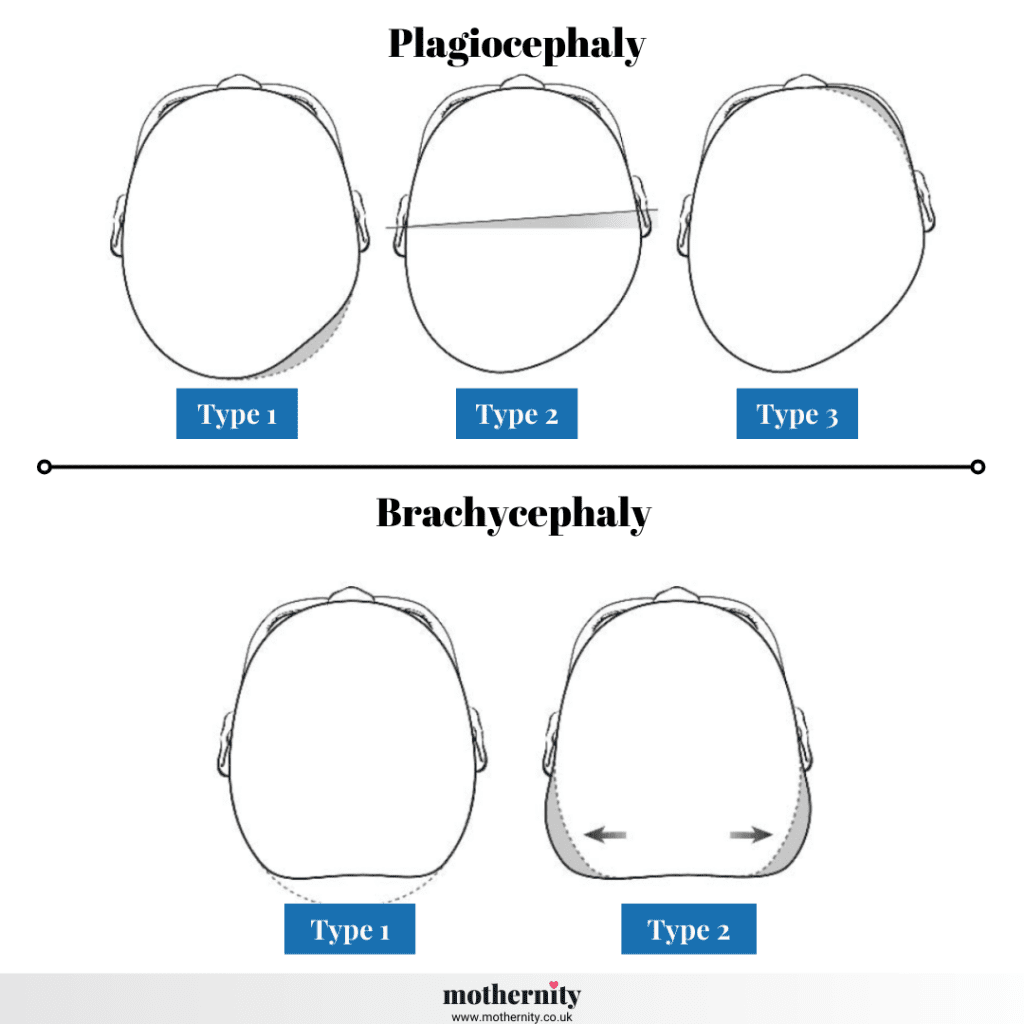
Conclusion: Motherhood Made Easy
Understanding the flat head syndrome causes and prevention UK puts you in control. Consistency with Tummy Time, rotational positioning, and being vigilant about professional guidance are your most powerful tools. We hope this guide helps you keep your baby safe and well-rounded.
Go back to the main Baby Pillar Page | Visit our Newborn Care area for more safety guides.

